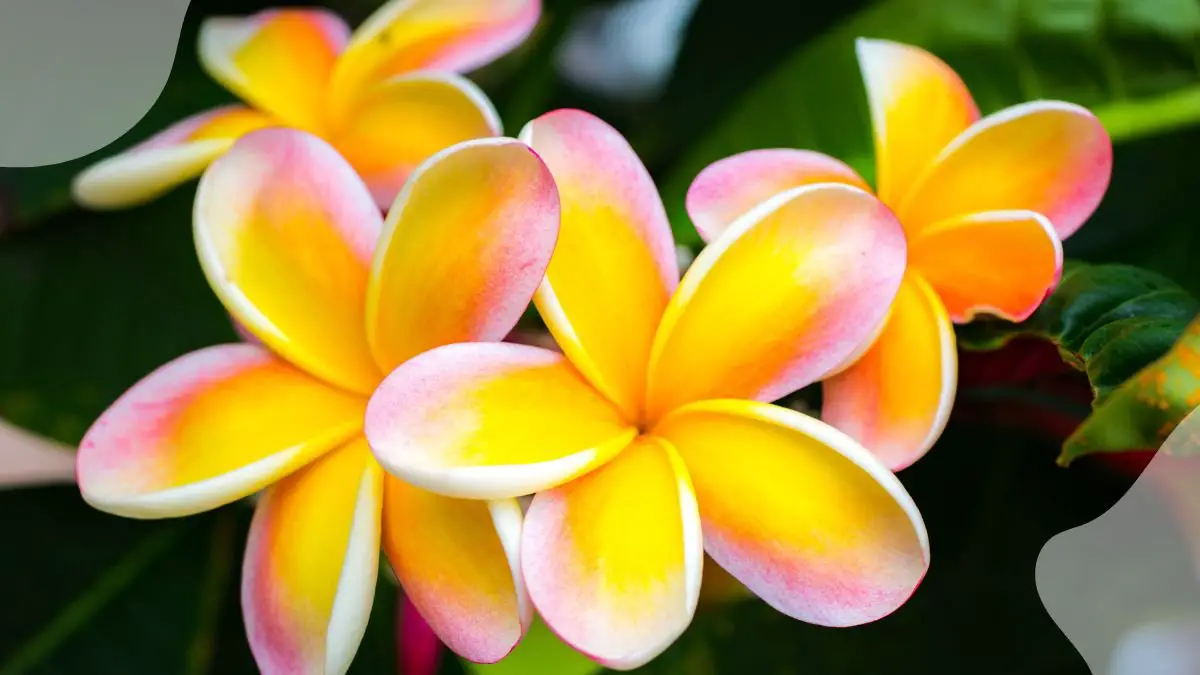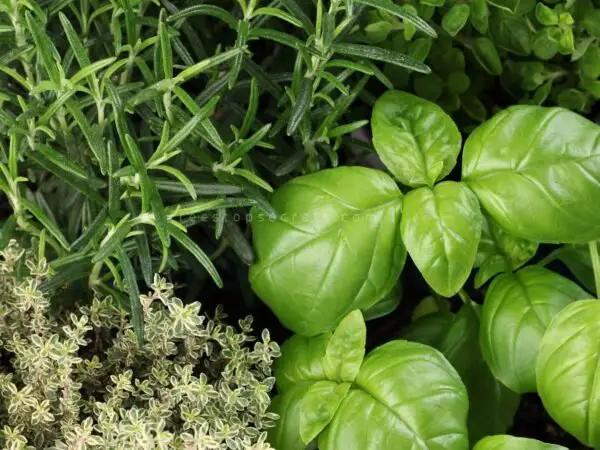Discover the vibrant world of tropical plant flowers, where lush greenery meets a burst of colors like no other. From the exotic allure of orchids to the striking beauty of hibiscus blooms, tropical plant flowers offer a stunning contrast to traditional garden varieties. Embrace the lush foliage, tropical flowers, and glorious hibiscus flowers that characterize these unique plants, adding a touch of paradise to your tropical garden.
Explore the endless possibilities of incorporating tropical plant flowers into your home or garden, bringing a taste of the tropics to your doorstep. Whether you seek to create a serene oasis or a bold statement piece, these botanical wonders are sure to captivate your senses and elevate your space.
Key Takeaways
- Start with the Basics: Begin your tropical plant journey by understanding the fundamental care tips to ensure healthy growth and vibrant blooms.
- Nourish with Care: Pay attention to the soil quality and proper nutrition for your tropical plants to thrive and blossom beautifully.
- Level Up Your Care: Implement advanced care strategies like pruning, propagation, and pest control to maintain the health and vitality of your tropical plants.
- Address Special Needs: Dive into special care topics such as humidity levels, temperature control, and light requirements to cater to the unique needs of tropical plants.
- Stay Consistent: Regularly monitor and adjust your care routine based on the specific needs of each tropical plant species in your collection.
- Enjoy the Rewards: With dedication and proper care, you can witness your tropical plants flourish and bloom, adding a touch of exotic beauty to your space.
Starting with Tropical Plants
Choosing Easy Varieties
Begin with Hibiscus for its vibrant, large flowers that add a pop of color to any garden. This tropical plant thrives in warm climates and requires regular watering.
When selecting tropical plants, consider Elephant Ear for its massive, unique leaves that create a dramatic focal point. These plants can grow both indoors and outdoors, adding a touch of tropical flair to any space.
For a combination of colorful tropical flowers blooms and large leaves, explore Canna plants. These tropical beauties come in a variety of hues and sizes, making them versatile additions to gardens or indoor spaces.
Ideal Choices for Indoors
Opt for Caladiums when choosing tropical plants for indoor spaces. These plants are known for their striking colors and intricate patterns, adding visual interest to any room.
To ensure the health of indoor tropical plants, provide them with warm and humid conditions resembling their natural tropical habitat. Regular misting can help maintain the necessary humidity levels.
Place indoor tropical plants in areas with indirect light to prevent leaf scorching and promote optimal growth. Avoid direct sunlight, which can be too harsh for these delicate plants.
Fundamental Care Tips
Light and Shade
Tropical plant flowers require bright, indirect light for several hours each day to thrive. Different species have varying sunlight needs, so it's crucial to understand the specific requirements of your plant. Prolonged direct sunlight can lead to damage, so it's best to provide filtered light.
Temperature Essentials
Maintain temperatures for tropical plants between 60-85°F (15-29°C) to ensure optimal growth. Adjust the temperature based on the individual requirements of each plant species. Warmth is essential for these plants to flourish and bloom vibrantly.
Humidity Needs
To support healthy growth, maintain humidity levels between 50% and 70% for tropical plants. Adequate humidity is crucial for their well-being, so be sure to provide a humid environment. During dry seasons, monitor the humidity levels closely to prevent any issues.
Watering Practices
Regular watering is key to keeping tropical plants healthy and vibrant. It's important to water them according to their specific needs to avoid issues like root rot. Adjust the watering frequency as needed, especially with changing seasons.
Soil and Nutrition
Selecting Soil
When planting tropical plant flowers, choose high-quality potting mix to ensure good drainage. It is crucial to select soil that retains moisture without causing waterlogging issues. Ensure the pots have proper drainage holes to prevent root rot.
Feeding Your Plants
Fertilize tropical plants based on their growth stage to support healthy development. Use balanced fertilizers to promote robust growth and flowering. Remember to feed your plants during active growing seasons for optimal nutrition absorption.
Advanced Care Strategies
Pruning Techniques
To ensure healthy growth, prune dead or damaged parts from tropical plant flowers regularly. This practice helps in maintaining the plant's overall health and appearance. Trimming overgrown areas is essential to shape the plant properly.
Pruning after flowering is a crucial step in caring for tropical plant flowers. This process stimulates new growth and encourages the plant to produce more blooms. By following these pruning techniques, you can promote vigorous growth and enhance the beauty of your plants.
Pest Control
Regularly monitoring tropical plant flowers for common pests such as aphids and mites is vital. Early detection of pests allows for prompt action to prevent infestations. Using natural remedies or insecticidal soaps effectively controls pests without harming the plants.
Inspecting plants regularly is key to identifying pest infestations early on. By staying vigilant, you can address pest issues promptly and minimize damage to your tropical plant flowers. Implementing preventative measures like natural remedies can help maintain a healthy environment for your plants.
Disease Prevention
Maintaining good air circulation around tropical plant flowers is essential for preventing diseases. Proper airflow reduces the risk of fungal infections and other diseases that thrive in humid conditions. Avoiding overwatering is another critical aspect of disease prevention.
Overwatering can lead to root rot and create an environment conducive to disease development. To prevent fungal diseases, it is important to water tropical plant flowers appropriately based on their specific requirements. If signs of disease appear, take immediate action to treat the plants and prevent further spread.
Special Care Topics
Acclimatization Tips
Acclimatization Tips for tropical plant flowers are crucial to ensure their successful transition to new environments. Gradually introducing plants to different conditions helps them adapt slowly. Monitoring the plant response during this process is essential to address any issues promptly.
To acclimatize tropical plant flowers effectively, provide extra care during this period of adjustment. This includes adjusting watering schedules, light exposure, and humidity levels as needed. Remember that each plant may respond differently, so observe closely for signs of stress or growth.
During the acclimatization process, it's important to avoid sudden changes in environmental conditions. Sudden shifts in temperature or light exposure can shock the plants, leading to stress and potential damage. Maintain consistency in care routines to support healthy growth and development.
- Gradually introduce plants to new environments
- Monitor plant response to acclimatization changes
- Provide extra care during the acclimatization period
Final Remarks
You've now armed yourselves with the essential knowledge to nurture your tropical plants to thrive. From understanding their basic needs to mastering advanced care techniques, you're well-equipped to create a flourishing tropical oasis in your space. Remember, consistency is key when it comes to caring for these plants. By following the tips provided and staying attentive to their requirements, you'll witness vibrant blooms and lush foliage that will undoubtedly elevate your surroundings.
Now, it's time to roll up your sleeves and put this newfound wisdom into action. Take the first step by assessing your current plant care routine and implementing the strategies outlined here. Your dedication will be rewarded with a stunning display of tropical beauty that not only enhances your environment but also brings you joy and satisfaction. Keep nurturing, keep growing, and watch your tropical plants thrive!
Frequently Asked Questions
How do I choose the right tropical plants for my home?
To choose the right tropical plants, consider your space and lighting conditions. Research plant care needs and select varieties suitable for your environment. Look for vibrant colors, unique leaf shapes, and tropical vines to enhance your indoor space.
What are some fundamental care tips for tropical plants?
Provide ample sunlight, water regularly but avoid overwatering, and ensure proper drainage. Use well-draining soil rich in nutrients. Maintain a consistent temperature and humidity level to promote healthy growth and vibrant blooms.
How can I ensure the soil and nutrition are optimal for my tropical plants?
Use a well-balanced fertilizer specifically formulated for tropical plants. Ensure the soil is well-draining and aerated to prevent root rot. Monitor the pH levels of the soil and adjust as needed to provide essential nutrients for healthy growth.
What are some advanced care strategies to help my tropical plants thrive?
Consider implementing a regular pruning schedule to encourage new growth and maintain plant shape. Rotate your plants periodically to ensure even growth. Introduce organic pest control methods to prevent infestations and keep your plants healthy.
Are there any special care topics I should be aware of when caring for tropical plants?
Pay attention to signs of stress such as yellowing leaves or stunted growth and take immediate action. Research specific care requirements for each plant species you own. Stay informed about common pests and diseases that affect tropical plants to address issues promptly.
Image Source: Paid image from CANVA




